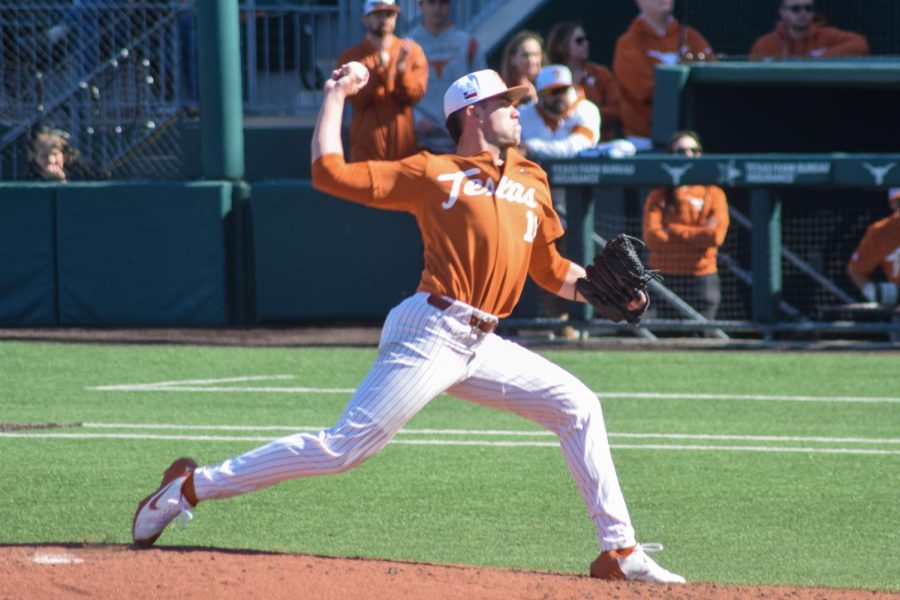As baseball adopts instant replay, its use divides those with traditional, progressive views of the sport
July 14, 2022
When Cliff Floyd of the Florida Marlins hit a home run in a 1999 regular season game against the St. Louis Cardinals, the crowd went wild until the umpire, Frank Pulli, walked into the dugout to take a second look.
After referencing video footage, Pulli ruled that Floyd had in fact not hit a home run and it was changed to an RBI double. Following boos from the fans, Floyd returned to second base and was eventually stranded there. The Marlins lost by three. Back then, replay footage was not permitted to review calls, and Pulli’s decision to do so represented the first time that using replay was placed into the minds of the baseball world.
With replay reviews now widely used across most levels of baseball, including college, the line between the humanity of the game and the likeness of a simulated video game has become blurred.
When Major League Baseball implements new software into the game, college baseball usually follows suit to ensure that players are ready for the next level. During the 2012 College World Series, instant replay was used experimentally, but it was officially used for the first time in 2016 when Coastal Carolina faced Florida.
Zach Remillard, Coastal Carolina’s third baseman, hit a ball that landed near the right field foul line. The call was originally foul, but the umpires gathered and decided to reference replay footage. They ruled Remillard’s ball fair and gave him the double, resulting in an RBI that helped the Chanticleers win the game 2-1.
Now that instant replay has been standardized in college baseball, each team receives two challenges per game to determine the accuracy of various calls. An umpire’s job is to be accurate and fair, but now fans at home can critically analyze their calls in slow motion.
Howard Bryant, senior writer at ESPN, said with so many people watching, there is no other way to keep umpires in check. With technological advancements, people see replays from multiple angles solely focused on the call while umpires have half a second to determine the right call.
“You can’t just play human error anymore. Everybody sees it now,” Bryant said. “The credibility of the sport is on the line, and you have to concede that people make mistakes.”
The purpose of instant replay is to get the call right. But when calls are overanalyzed, the nature of the game known for a dichotomy between good and bad calls is at stake.
People love baseball because it is a game that is constantly moving forward, said Joe Posnanski, an award-winning sports writer with over 30 years of experience in the industry. In his view, instant replay adds time to an already lengthy sport and takes away from the spirit of the game which asks players to overcome occasional bad calls.
“If you replay something and slow it down long enough, what you find is tiny details that go beyond what the rule is supposed to be,” Posnanski said.“None of us like seeing bad calls wreck the game, especially in college baseball when everyone is playing so much for the love of the game.”
Instant replay is also a tool used for building trust between coaches and players. If a player knows he is safe when running to first base or stealing second base, the coach has the option to put trust in his player and use one of the team’s challenges.
Still, instant replay has its drawbacks, according to Posnanski.
“I think we have become a slave to accuracy in a way that was not true before we had the technology to do it,” Posnanski said. “Just because we have the technology to do something doesn’t mean we need to do it.”
From the first season of college baseball in 1859 until 2012, there was no review of previous plays. Brooks Kieschnick, two-time Dick Howser Award Winner who pitched at Texas from 1991-93, views replay as encroaching upon the treasured history and humanity of baseball.
“There are bad umpires and there are good umpires,” Kieschnick said. “But to take the human element out of the game, then you might as well not even play and do a computer simulated game and let the computer decide who wins the game.”
For current pitchers, the three to five-minute breaks in the middle of an inning to review a play are equivalent to sitting down in between innings. Sophomore Tanner Witt has seen these breaks cause pitchers’ minds to wander.
“The breaks are the toughest part about it,” the Texas righty said. “Luckily you get to throw on the mound during the review, which makes it a little bit easier.”
Even with the down time of these pauses, Witt said he favors instant replay because the most important aspect of these games is getting the calls right.
“I think there are times in the game, if it’s a close play and it’s crunch time, regardless of the outcome, I just want the right call so the game can be played as fair as it can be,” Witt said. “I don’t want an excuse of ‘Oh this call altered the game.’”





